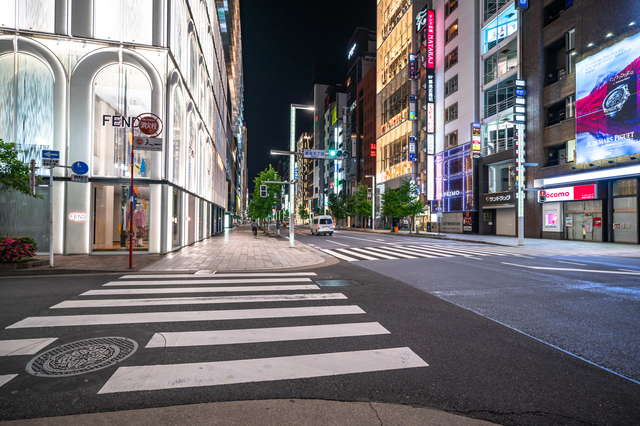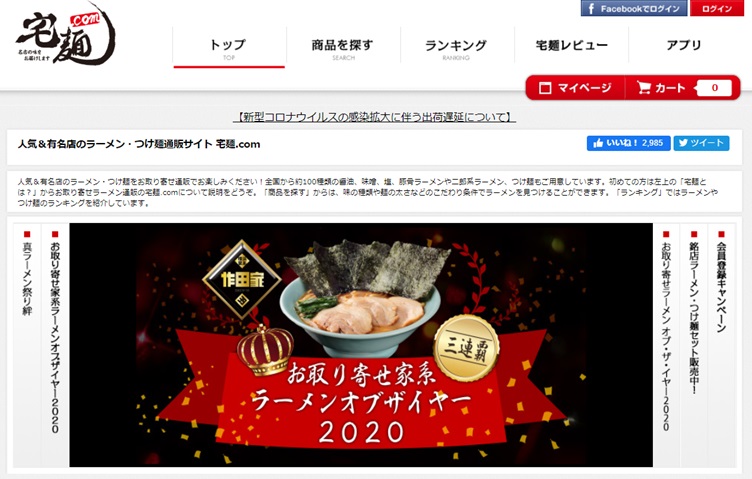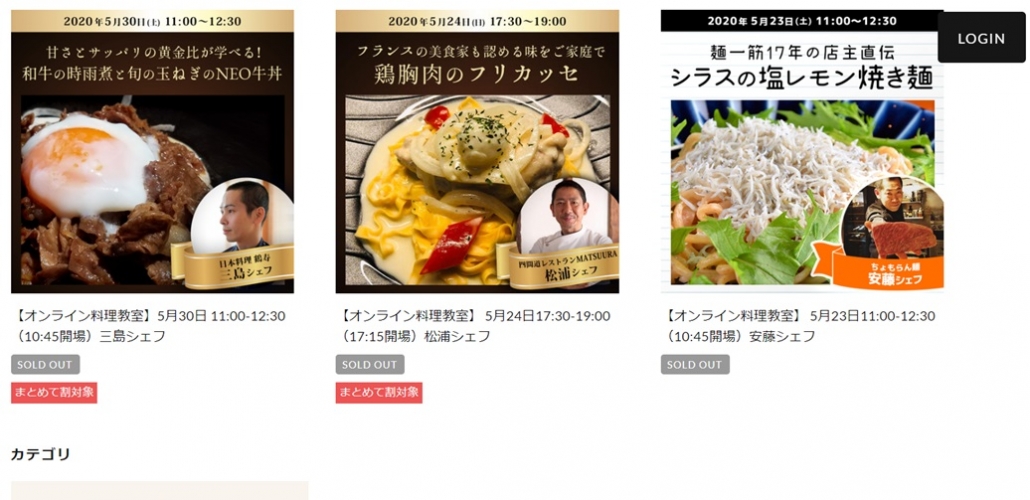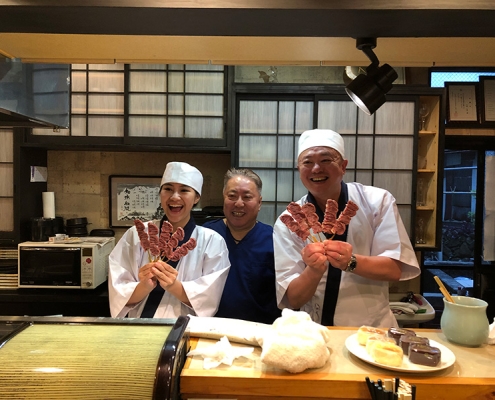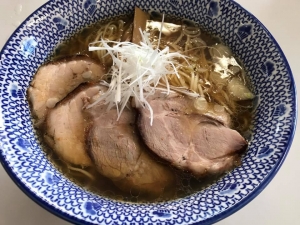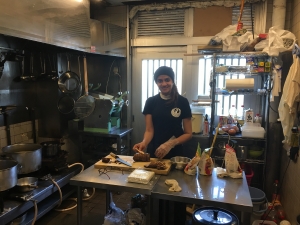5 Ways for Restaurants in Japan to survive the CoronaShock
May 30th 2020
In April 2020, We saw the news that a Michelin-starred sushi restaurant in Ginza laid off 5 out of 7 employees because of the decrease in sales amid the coronavirus outbreak.
70% of this restaurant’s customers had been from abroad, but foreign visitors disappeared due to the pandemic and the sales dropped.
Consequently, personnel expenses started to become a financial burden. The restaurant made the decision so that the employees can apply for unemployment benefits early, if they need to be let go eventually in the midst of the unpredictable circumstances.
It had been difficult to make a reservation at the Michelin-starred restaurant, but even it had to lay off the employees: we can tell that any restaurant right now is facing a predicament.
In this situation, We would like to introduce 5 measures taken by restaurants to survive in Japan. They may offer tips for your restaurant to start a new business.
Contents
Takeout and Delivery
Restaurants around the world are providing these services, but Japan has a unique movement.
High-end sushi restaurants have started takeout and delivery services, but few of them sell nigiri-zushi these ways, since it is best served fresh. Instead, they offer chirashi-zushi (rice scattered with various seafood) or bo-zushi (stick sushi) made with cooked anago (seawater eel) or unagi (freshwater eel).
Izakaya (Japanese-style pub) in business districts such as Shinjuku and Marunouchi do not open at night and have begun to sell Bento lunch boxes for business people for 500(4.6USD) to 1,500 JPY(14USD).
Joёl Robuchon, a three-Michelin-starred French restaurant in Ebisu, targets wealthy customers and started to provide “Joёl Robuchon Gastronomy Gourmet Box” (serves 4 people, 83,000 JPY, 760USD) from April 27.
The box includes 8 kinds of cold appetizers, such as “Le Caviar Impérial Robuchon Style” and “Le Saumon fumé en frivolité,” salad with seasonal ingredients, a meat dish, and small desserts.
If restaurants in Tokyo start takeout and delivery services in April, the local government will subsidize the initial investment, up to 1 million JPY (9,000USD).
Online Shopping
A lot of popular ramen restaurants put emphasis on selling their frozen products online so that customers can enjoy their meals at home. Originally, few ramen restaurants were actively engaging in online businesses, but the demand skyrocketed in the coronavirus shock.
”Takumen.com” has been attracting attention by specializing in mail-order services of popular and famous restaurants’ ramen and tsukemen (dipping ramen), including well-known Tomita’s tsukemen.
Each meal costs 800(7.4USD) to 1,200 JPY(11.1USD) at restaurants, but you can enjoy the same ramen for 300(2.8USD) to 400 JPY(3.6USD) at home.
Online Cooking Class
With fewer customers visiting restaurants, chefs use their time to host an online cooking class, though there are not many instructors who provide a lesson in English currently.
The class costs about 1,000(9.4USD) to 3,000 JPY(28USD) for an hour or two. People love these classes where they can learn restaurants’ recipes at home.
Bottle Keep for Visit after COVID-19
“Bottle Keep” itself is a Japanese unique custom and may sound unfamiliar.
At bars in Japan, regulars can buy a bottle of liquor they like and keep it for a certain period of time, like three months or half a year.
Buying an entire bottle, customers end up paying less than buying liquor by glass.
The service is also beneficial for the bar, since it is more likely that the customer comes back frequently after paying for the bottle.
The bottle keep system is a symbol of the customer’s loyalty to the bar and those who buy a bottle become more important customers for the bar.
As bars are being forced to close due to the coronavirus outbreak, some of them started to ask customers to buy a bottle now so that they can visit after the situation is settled.
It seems that more and more regulars buy a bottle to support their favorite bars.
Crowdfunding
In the last few years, an increasing number of restaurants began to cover their startup expenses with crowdfunding. Currently, we see restaurants use this system to support their business while they are closed during the pandemic.
We can find various methods of raising money: some restaurants accept money as payment for food and drink served after the restaurant’s reopening or offer goods like T-shirts in return, while others just ask for donation.
The amount of funds raised varies, but most cases aim for 1 to 5 million JPY(9,300 to 43,000USD), which is to cover the rent or personnel expenses.
Tsukiji Sushi OMAKASE has been raising money through crowdfunding to provide sushi free of charge for designated hospitals for coronavirus cases.
The money will cover ingredient costs, wages for the employees, and delivery fees. We think this is a perfectly sensible idea that brings together the restaurant that wants to support medical professionals and investors who want to support the restaurant, while the employees’ jobs are also protected.
What did you think about the 5 ways in which restaurants are trying to survive in Japan?
We hope they offer your restaurant an idea of starting a new project!
What would you like to know more?
Culinary Schools in Japan
Tokyo Sushi Academy
The first and the most popular sushi school in the world.
Japan Culinary Institute
Japanese culinary training including sushi, kaiseki, yakitori, wagashi and more.
Miyajima Ramen School
More than 1,000 graduates from over 50 countries.
International Ramen School
Ramen study program combined with OJT

